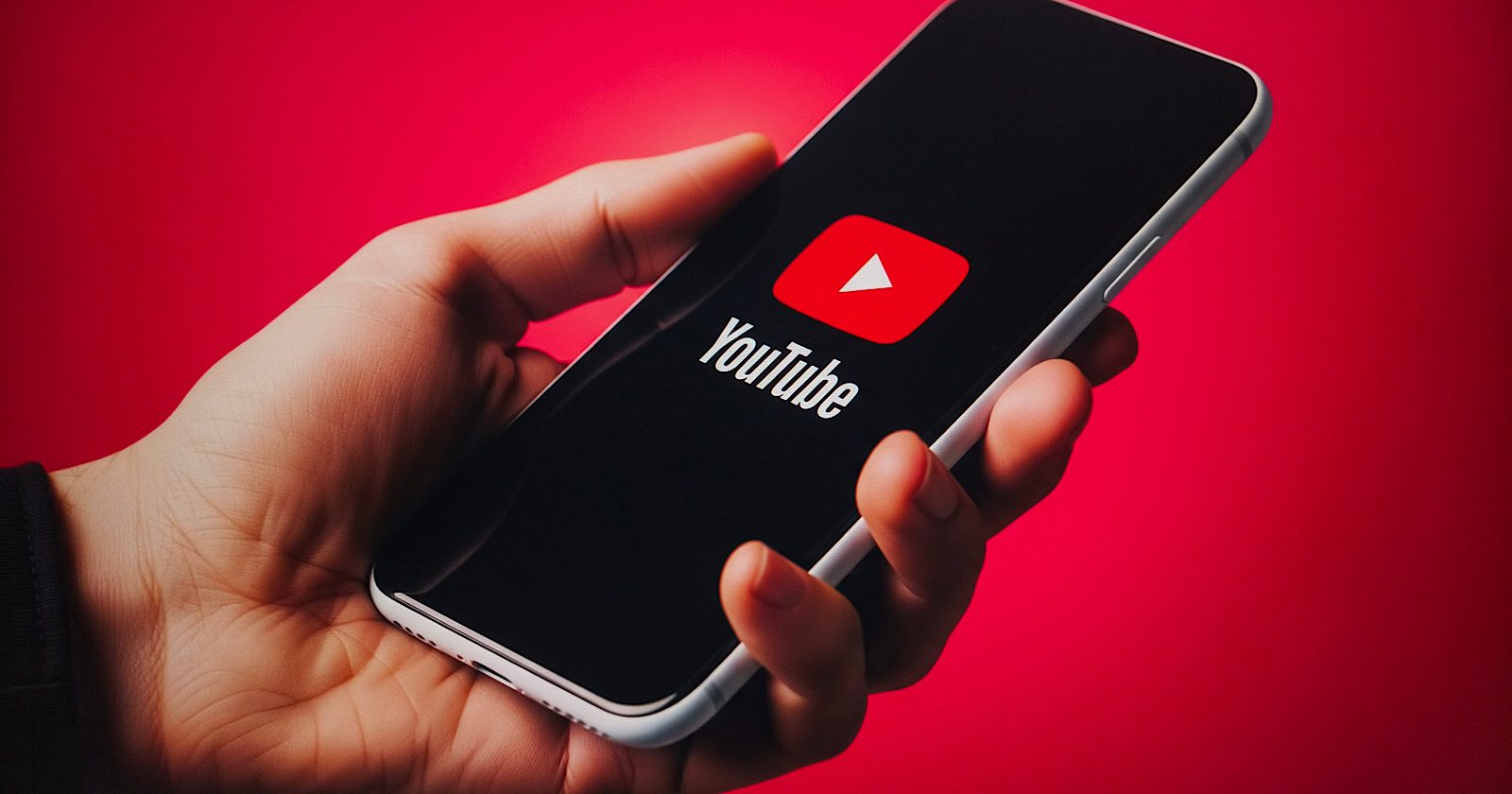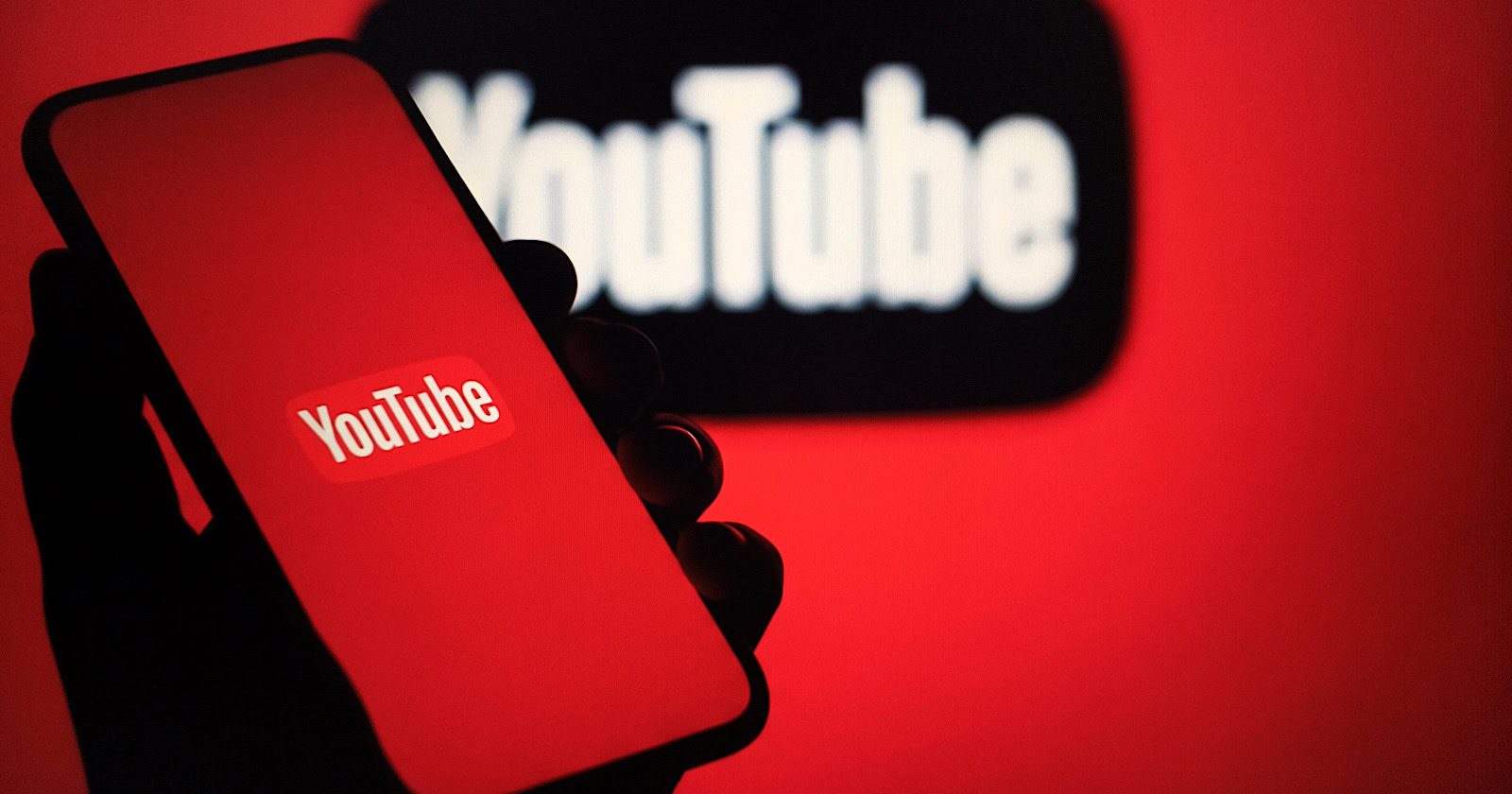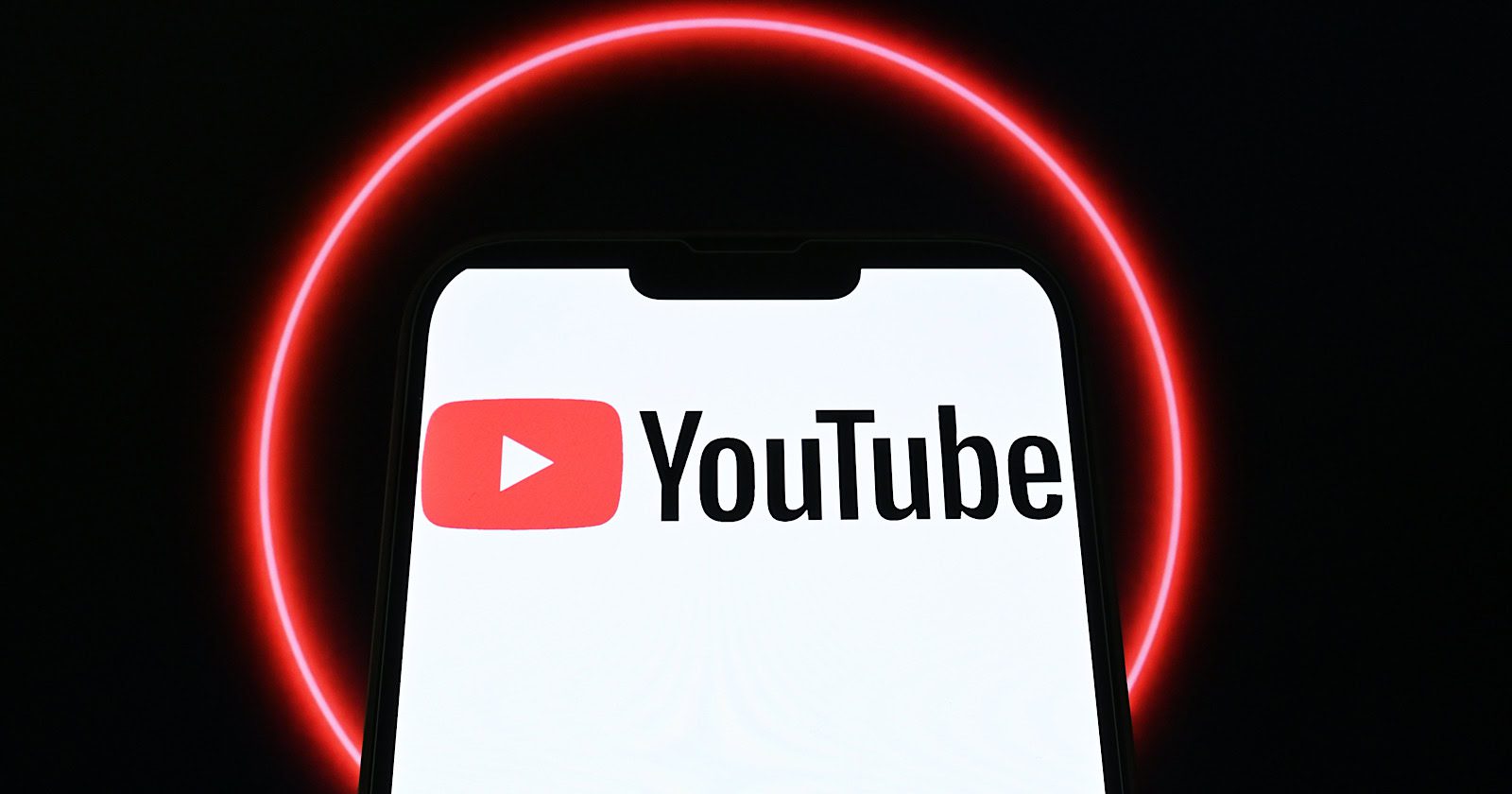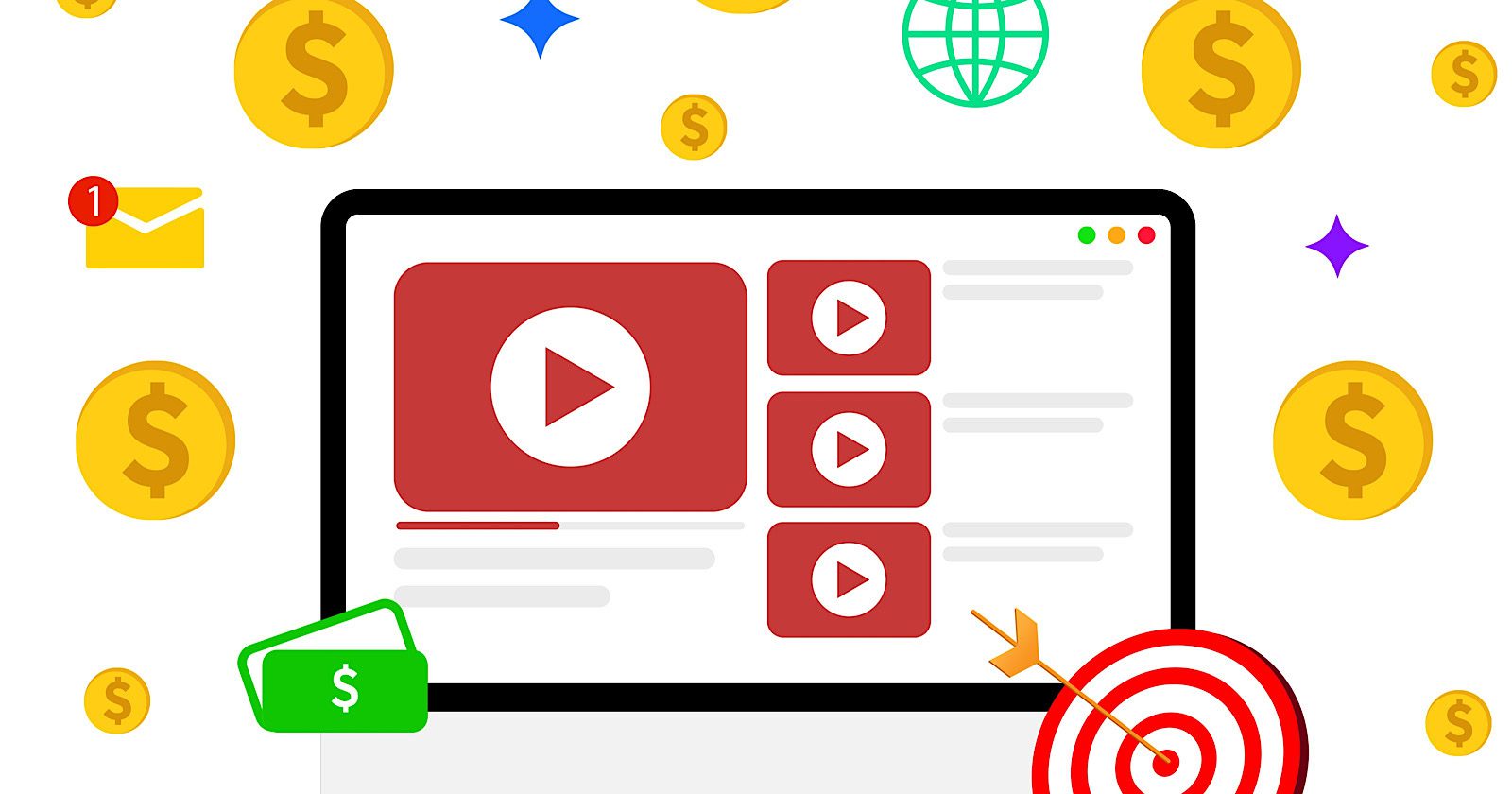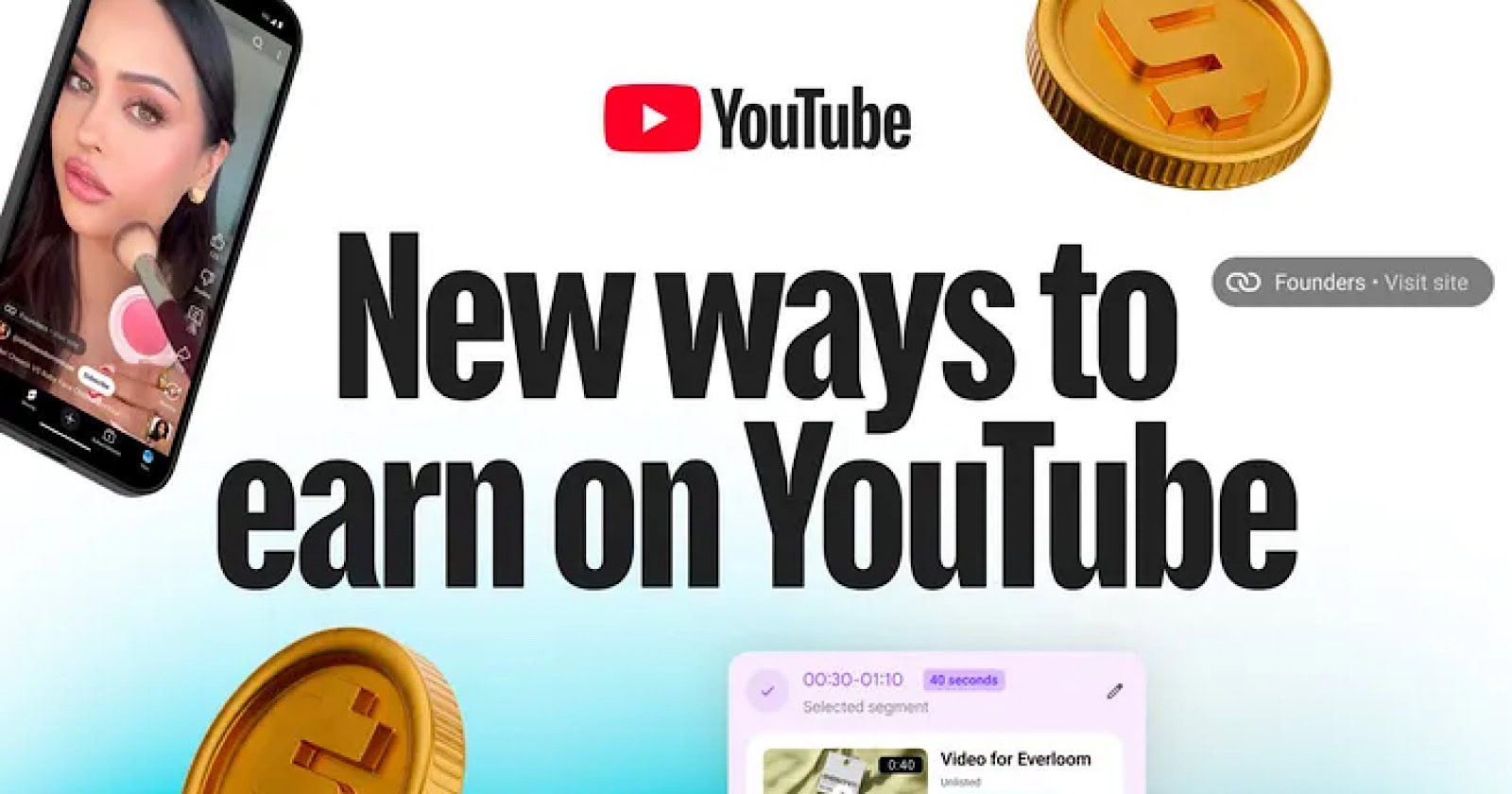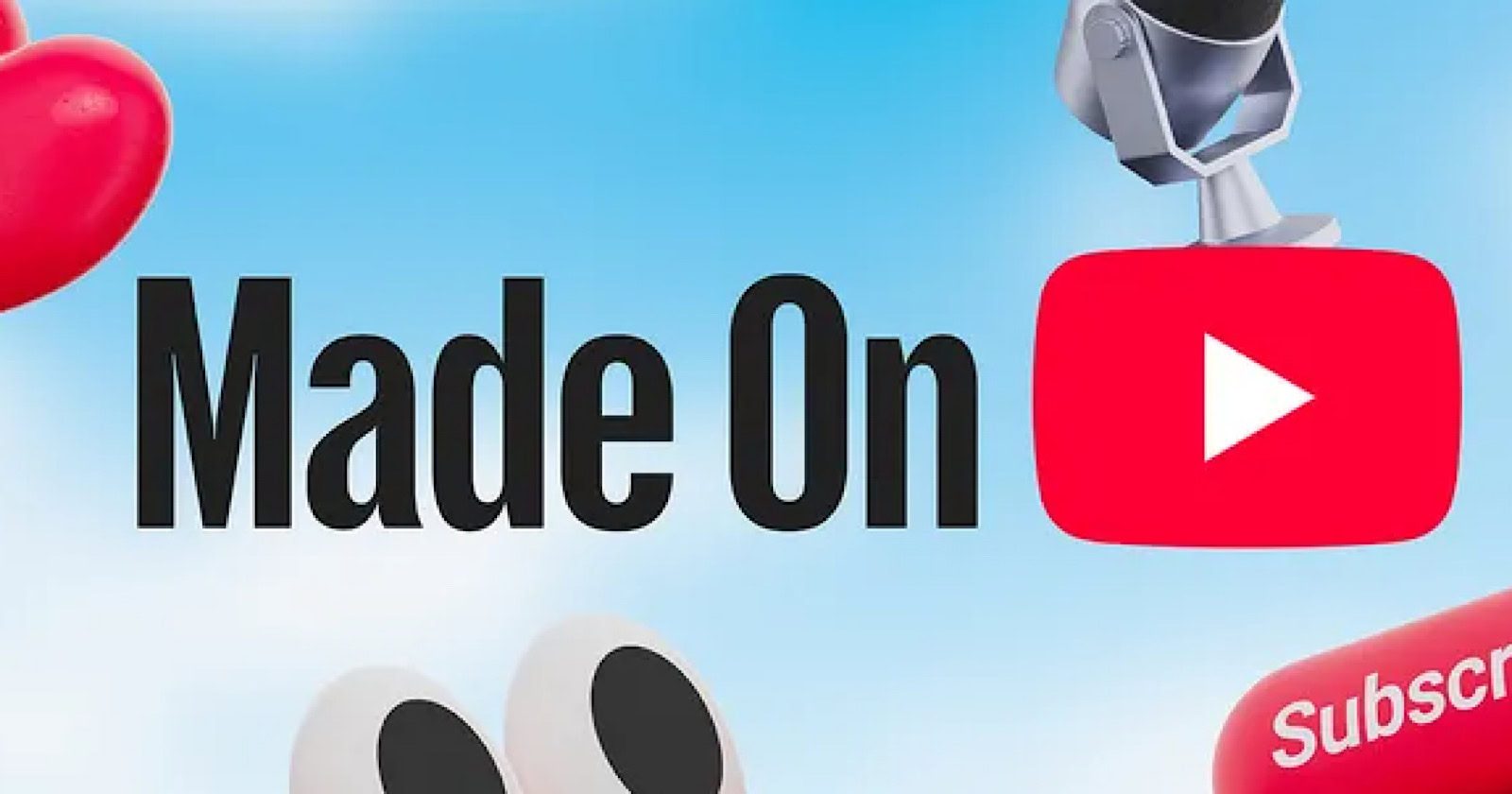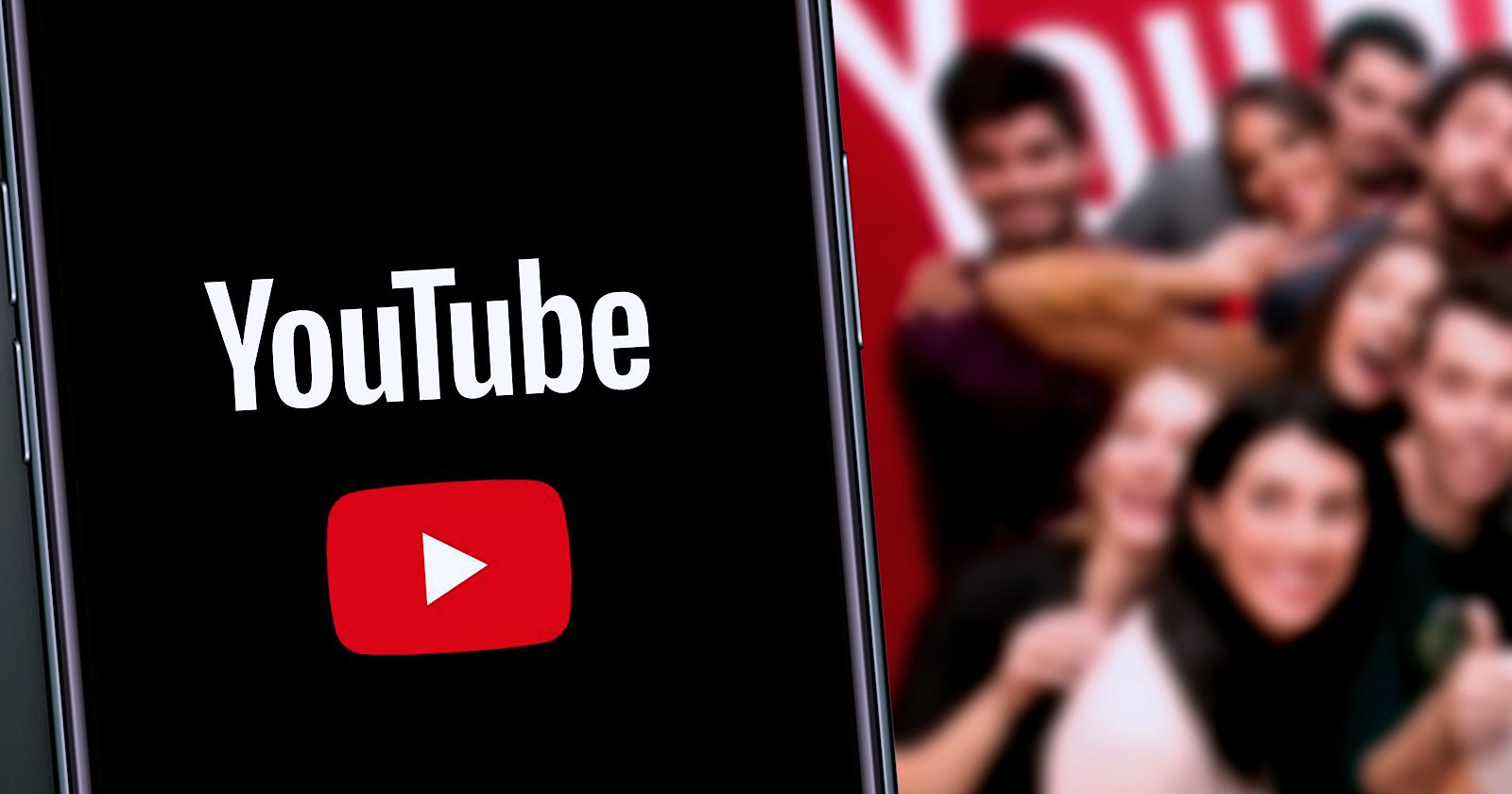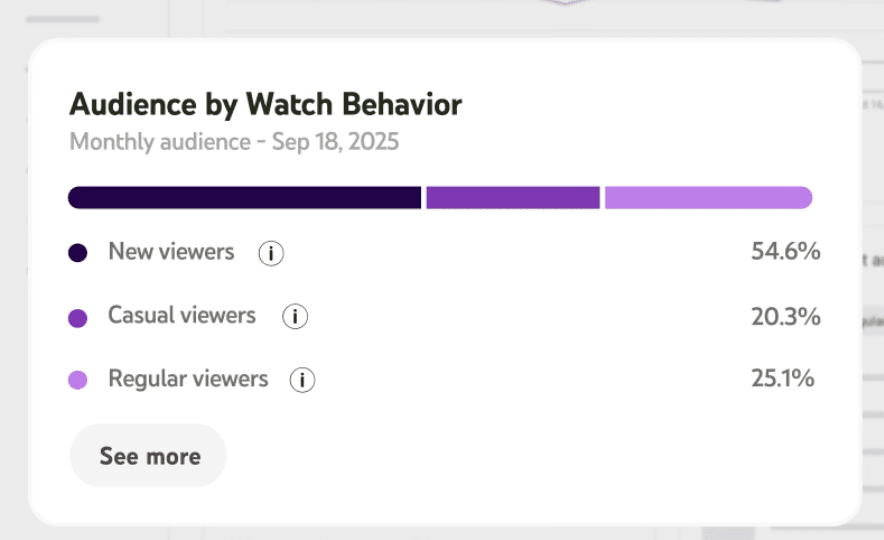YouTube Expands Likeness Detection To All Monetized Channels via @sejournal, @MattGSouthern

YouTube is beginning to expand access to its likeness detection tool to all channels in the YouTube Partner Program over the next few months.
The technology helps you identify unauthorized videos where your facial likeness has been altered or generated with AI.
YouTube announced the expansion after testing the tool with a small group of creators.
The tool addresses a growing concern as AI-generated content becomes more sophisticated and accessible.
How Likeness Detection Works
Channels can access the tool through YouTube Studio’s content detection tab under a new likeness section.
The onboarding process requires identity verification. You scan a QR code with your phone’s camera, then submit a photo ID and record a brief selfie video performing specific motions.
YouTube processes this information on Google servers, typically granting access within a few days.
Once verified, creators see a dashboard displaying videos that match their facial likeness. The interface shows video titles, upload dates, upload channels, view counts, and subscriber numbers. YouTube’s systems flag some matches as higher priority for review.
Taking Action On Detected Content
You have three options when reviewing matches.
You can request removal under YouTube’s privacy guidelines, submit a copyright claim, or archive the video without action. The tool automatically fills legal name and email information when starting a removal request.
Privacy removal requests apply to altered or synthetic content that violates specific criteria. YouTube’s announcement highlighted two examples: AI-generated videos showing creators endorsing political candidates, and infomercials with creators’ faces added through AI.
Copyright claims follow different rules and must consider fair use exceptions. Videos using short clips from a creator’s channel may not qualify for privacy removal but could warrant copyright action.
See a demonstration in the video below:
Policy Differences
YouTube stressed the distinction between privacy and copyright policies.
Privacy policy violations involve altered or synthetic content judged against criteria including whether the content is parody, satire, or includes AI disclosure. Copyright infringement covers unauthorized use of original content, including cropped videos to avoid detection or videos with changed audio.
The tool surfaces some short clips from creators’ own channels. These don’t qualify for privacy removal but may be eligible for copyright claims if fair use doesn’t apply.
Why This Matters
This gives YouTube Partner Program creators direct control over how AI-generated content uses their likeness.
Monetized channels can now monitor unauthorized deepfakes and request removal when videos mislead the audience about endorsements or statements that were never made.
Looking Ahead
The tool will roll out to eligible creators over the next few months. Those who see no matches shouldn’t be concerned. YouTube says this indicates no detected unauthorized use of their likeness on the platform.
Channels can withdraw consent and stop using the tool at any time through the manage likeness detection settings.

